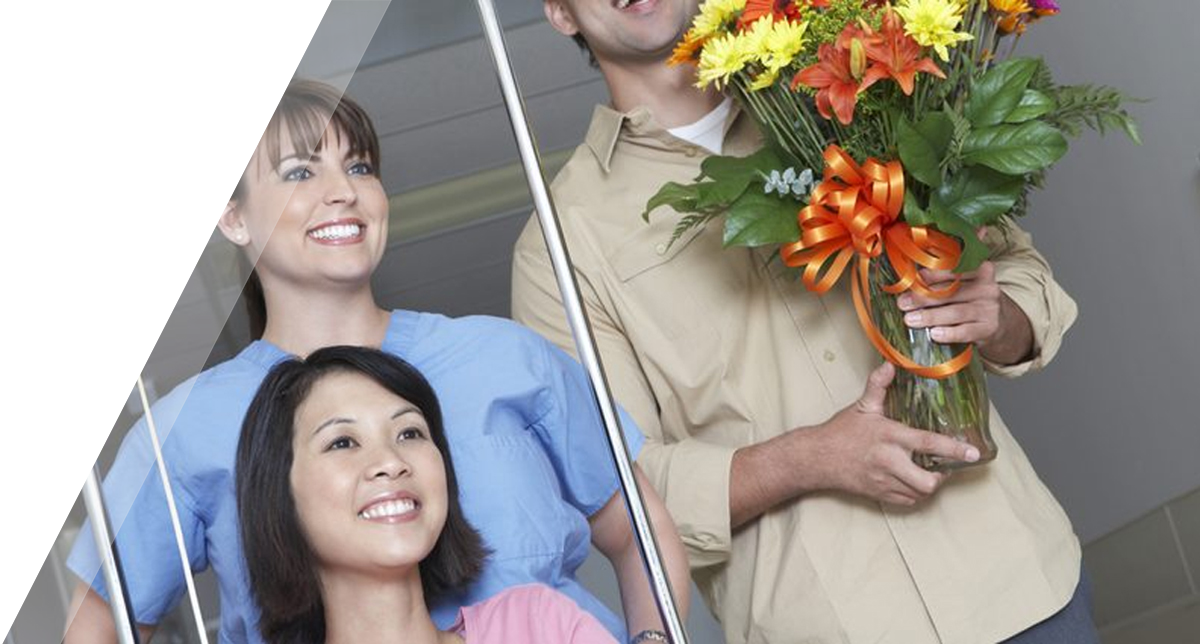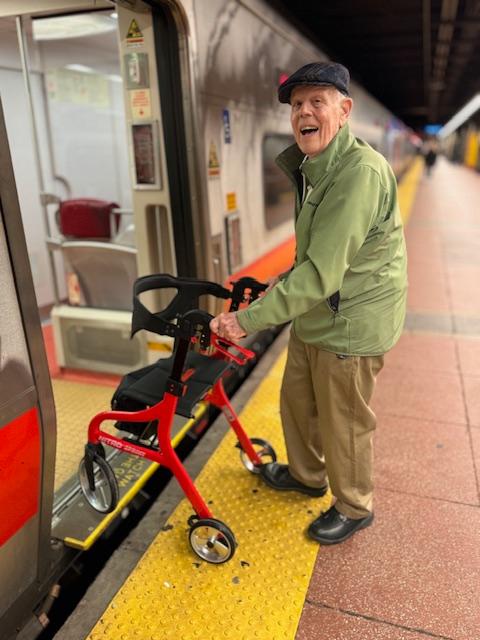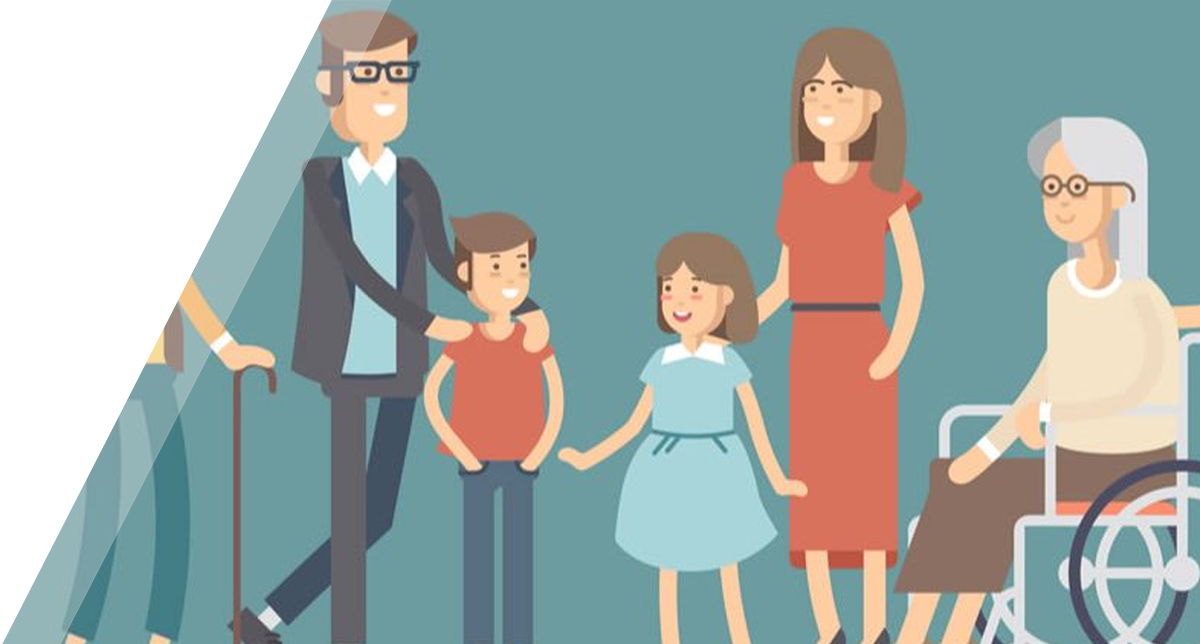Bringing a loved one home after an extended hospital stay, surgery or rehab recovery might prohibit them from managing everyday living tasks as they once did. Bathing, getting dressed or even something as simple as brushing their teeth might be hard to navigate. Even though finding the “new way” to do things will be confusing, challenging, and in some cases infuriating, have no fear. Successfully managing the transition from hospital to home can be done with ease and some simple, cost-effective solutions!
Bringing a loved one home after an extended hospital stay, surgery or rehab recovery might prohibit them from managing everyday living tasks as they once did. Bathing, getting dressed or even something as simple as brushing their teeth might be hard to navigate. Even though finding the “new way” to do things will be confusing or challenging (and in some cases, infuriating), have no fear. Successfully managing the transition from hospital to home can be done with ease and some simple, cost-effective solutions!
Coming Home from the Hospital/Rehab: Questions to Ask
But before you shop for what you think is the perfect solution for yourself or a loved one, it’s important to answer a few questions to determine the best solution to guarantee the best outcome for a successful at-home recovery:
- Is it possible to walk freely without a mobility aide? If not, consider a rollator, cane, or walker.
- Is the home free of obstacles? Think about each room and remove any obstructions from all walking paths, such as area rugs, cords, or furniture that might block a clear path to walk around the home safely.
- Does bathing and showering present any challenges? Is lifting legs over a tub wall or stall shower saddle difficult? Grab bars, tub rails, bath mats, bath benches and bath lifts are easy to install, can prevent falls and provide a safe bathing experience.
- Is it difficult to sit down on or stand up from the toilet safely? Using the corner of the bathroom sink or vanity to get down onto or up from the toilet is not safe. A toilet seat riser or toilet safety frame is a low-cost solution that will allow the user to retain their privacy while being independent and safe.
- Is it hard to enter and exit the bed without straining? Does getting up in the middle of the night prevent obstacles? If yes, consider a fall mat, bed assist rail, bed cushions for better positioning, urinal or a commode.
- Is navigating the kitchen stress-free? Can a higher cabinet or shelf be reached easily? Can a fork and spoon be held? If no, consider a kitchen stool with a handle, hand-held reacher and eating essentials with ergonomic handles.
- Is getting dressed, pulling on socks or putting on a coat difficult? If yes, a button aide, shoehorn, sock aide or dressing stick can be incorporated into a daily routine to make dressing stress-free.
Once you have determined what solutions may be needed, finding them is the easy part! Start with our full product offering: bath and toilet safety, mobility, bed rails, fall mats, and aids for daily living.
For healthy living tips and strategies, visit our Staying Healthy & Active page.


.png)

.png)




